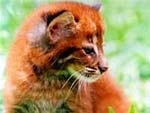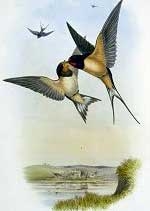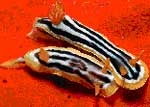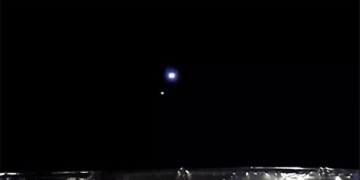Pickles, a male tortoise of the species Astrochelys radiata residing at the Houston Zoo, became a father for the first time when three eggs successfully hatched in February.
(Video: CBS News)
Pickles and his mate, a 53-year-old female tortoise, have been living together since she arrived at the Houston Zoo in 1996. Their first clutch consists of three hatchlings, named Dill, Gherkin, and Jalapeño, as reported by Smithsonian on March 24.
The arrival of the baby tortoises has excited conservationists, not only due to the father’s age but also because this species reproduces infrequently and is classified as critically endangered on the International Union for Conservation of Nature (IUCN) Red List.
Pickles’ eggs might not have hatched if the staff hadn’t noticed the mother tortoise laying them. Since the soil at the Houston Zoo was unsuitable for the eggs, the staff relocated them to the Reptile and Amphibian House.
The staff carefully monitored the eggs and maintained moderate temperatures, initially around 10 degrees Celsius, then at room temperature, and finally up to 27 degrees Celsius in the incubator. The mother laid her eggs in October, and they hatched sequentially in mid-February.
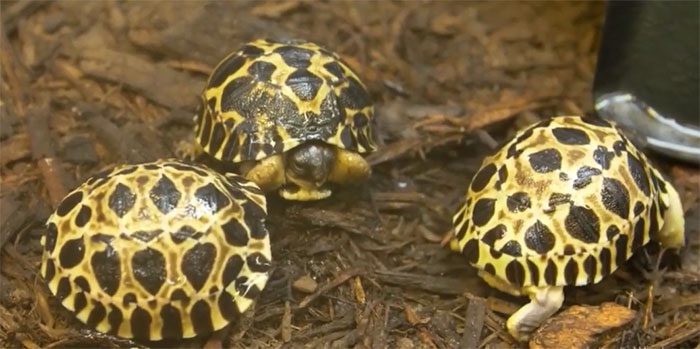
Three hatchlings of 90-year-old tortoise Pickles.
The Astrochelys radiata tortoise is characterized by yellow patterns radiating from the center of each scute on its shell, according to the Smithsonian Conservation Biology Institute and National Zoo. They are native to the island of Madagascar and have since been introduced to the nearby islands of Réunion and Mauritius. They have lost their natural habitat due to mining activities and deforestation for agriculture. It is estimated that poachers capture about 20,000 tortoises from the wild each year for the illegal pet trade and meat consumption.
The Astrochelys radiata tortoise can live up to 150 years, but researchers are not sure how long they remain capable of reproduction, according to Jessica Reyes, a spokesperson for the Houston Zoo. This reptile measures about 40 cm in length and weighs around 10 kg. In the wild, they inhabit dry forests and scrublands, on plateaus and sand dunes along the coast. They primarily feed on grass, fruits, and succulent plants.








































